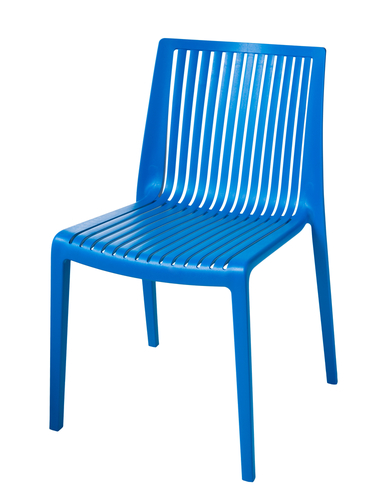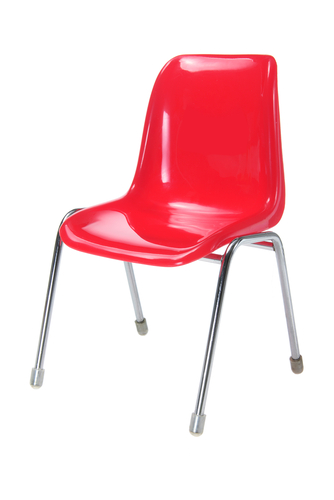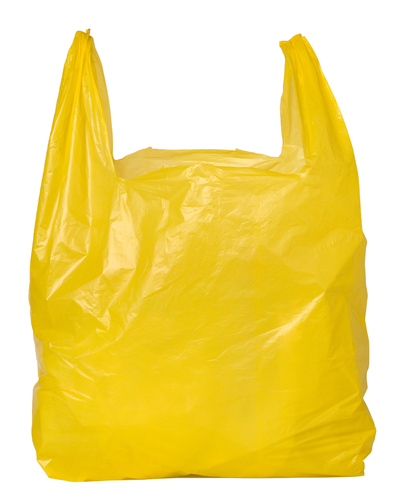We are often asked to measure things such as the length of a table, how much liquid is in a jug, or how much something weighs.
In this activity, we are going to be looking at some measures to compare them, to find out which is longer or which is heavier.
We will need to convert some measures as some objects may be in a different unit of measure.

We'll need to know these facts:
10 mm = 1 cm
100 cm = 1 m
1,000 m = 1 km
1,000 g = 1 kg
1,000 ml = 1 l
Let's get started:
A B


Jug A has 7 litres of orange.
Jug B has 4 litres of orange.
Which jug has the most liquid?
Answer:
In this question, we simply need to identify the jug with the most liquid.
We can see that jug A has the most liquid.
Let's have a look at another question:


The blue chair is 98 cm tall.
The red chair is 880 mm tall.
Which chair is the tallest?
In this question, we need to look carefully at the unit of measure.
The blue chair is measured in cm and the red chair is measured in mm.
Remember that there are 10 mm in 1 cm.
So, we need to divide 880 mm by 10 to find the height in cm.
880 ÷ 10 = 88
880 mm = 88 cm
The red chair is 88 cm tall.
We can see that 98 (blue) is taller than 88 (red).
The blue chair is the tallest.
Let's have a look at one more question:

Shopping bag A weighs 1,020 grams. Shopping bag B weighs 1.2 kg.
Which bag is heavier?
In this question, we need to look carefully at the unit of measure.
We need to convert the weights to the same unit of measure.
There are 1,000 grams in a kg.
Bag A = 1,020 g ÷ 1,000 = 1.02 kg
So bag A = 1.02 kg
Bag B = 1.2 kg
Bag B is heavier.

Now it's your turn to have a go at some questions!








